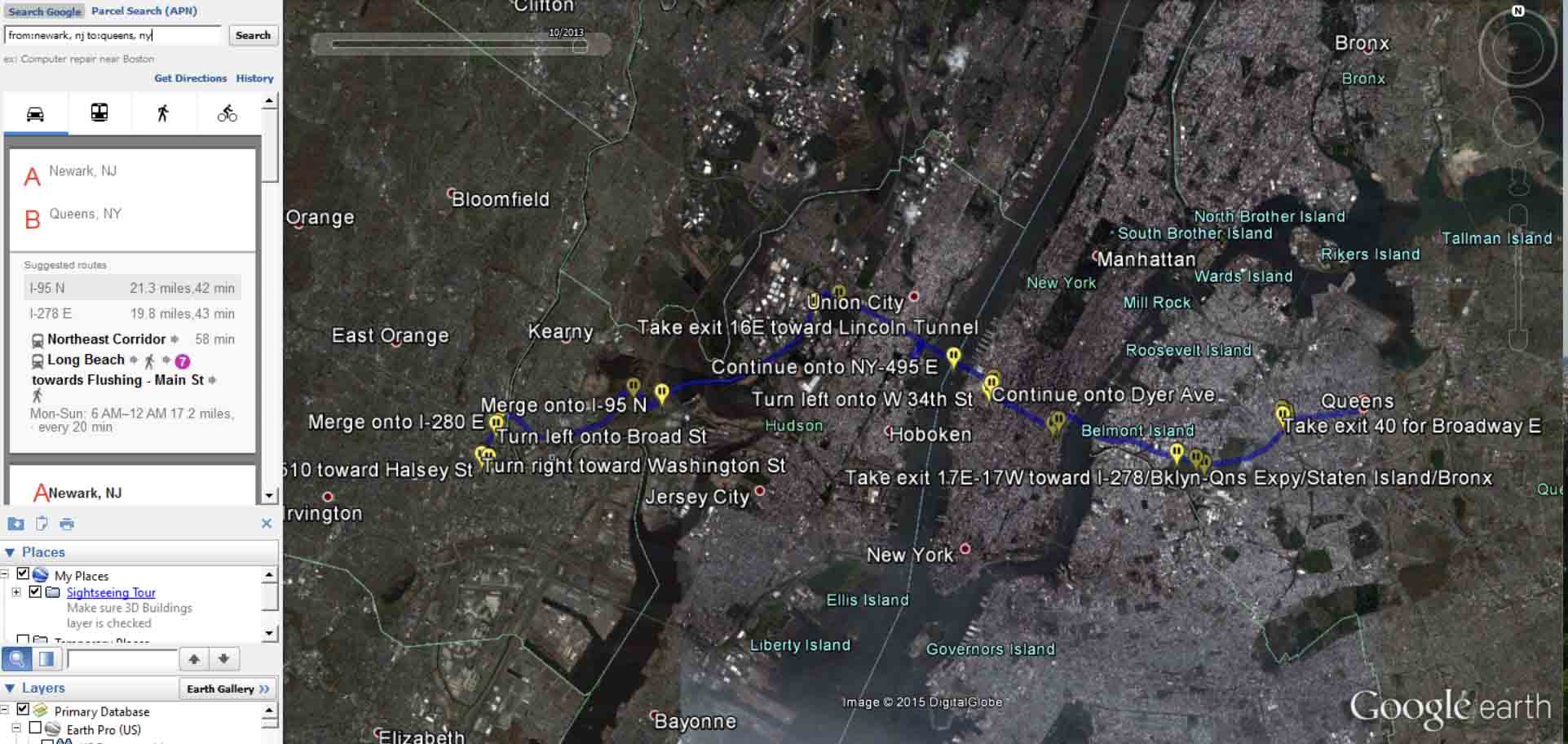**You may notice I’m having a little fun with the Birdman title given its oscar for best picture.
———————————-
Jane Jacobs, Lewis Mumford, and President Eisenhower were all clear in their opposition to highways tearing up existing neighborhoods through the center of cities. Eisenhower felt it a waste of resources to be taking people’s homes while potentially hurting the purpose of the interstate system (military and commerce). The friction of activity in cities was an inherent barrier to these competing needs.
Mumford wrote about how the worst possible way to move 100,000 people in downtown is to put them all in cars. JJ was a bit more precise in her criticisms as she dissected the difference between inter-city and intra-city highways and how cities require appropriate infrastructure for appropriate places and appropriate kind of trips. In other words, interstate trips through the center of the city were anti-thetical to the city and only serve to compete for space in congested parts of the city, usually shoving out that congestion (which is only a problem if it is also all in cars and trucks).
In Dallas, the history of 345 goes that people cutting through downtown on the old Central grew tired of stopping at traffic lights through downtown. At the time Central was more of a boulevard through downtown than the highway US 75 was to both the north and south of downtown, as if to say there was a conscious understanding that the baby shouldn’t be thrown out with the bathwater.
The trade-off was made. Out goes the baby, 54 city blocks of homes and businesses, as well as the epicenter of Texas Jazz and Blues culture.
We’re still paying for that trade to this day with dead and decaying neighborhoods, investment spilling northward, and the notable absence of suitable historic walkable neighborhoods where people are desperate to invest in, live in, shop in, and/or work in.
New York City nearly made a similar mistake when Robert Moses attempted to build both the Lower Manhattan Expressway (LoMex) through SoHo and the Mid-Manhattan Expressway. The commute from New Jersey to Long Island would’ve indeed been easier.
Of course, with the inherent interdependent nature of cities where everything is connected in some way, if you take in one area you are giving in another area. It’s all about costs, benefits, needs, priorities, and of course, those spin-off effects we can’t predict, witness, or measure until well after the fact. Like the way that freeways not only displace people and what was once productive real estate, but also the corrosive effect to adjacent properties.
However, Robert Moses wasn’t successful building these two freeways and in many ways spelled the beginning of the end of his long career. His previously unchallenged hegemony was defeated by a democratic uprising of neighborhoods looking out for themselves.
To demonstrate this trade-off, I played around a bit google maps and some potential driving trips people might take and what the best route would be, such as from Newark, NJ to Queens:

The best way to go according to google maps is to use the city streets on a more direct route. You’ll take highways up to Manhattan, scale down to city streets, and then back up to a highway on the other side. A 21-mile trip will take you 42 minutes.
If we want to make a longer trip, like from Newark to Long Island, the best way to go is around. You save some time by using highways the entire way without sacrificing the core of the city to save yourself potentially a few minutes.

By going around Manhattan, this roundabout 49-mile trip can be made in 71 minutes. However, if you look at the second potential route listed, it suggests using I-495 which wouldn’t go around Manhattan, but make a similar cut through movement. Instead of 49 miles, it is a 39 mile trip that would also take 71 minutes. Of course, you would have the hassle of stopping at lights through the city.
The hidden trade-off here is that yes, it would be easier to make these trips if Moses had built the highways across Manhattan (and probably a more likely trip, because who cuts through Manhattan? It’s a destination itself.), but there would be about $13 billion in today’s real estate value lost. All of those buildings, businesses, people, and houses, gone.
And despite Robert Moses’ warning that ‘you have to have it’ once congestion gets bad enough, nobody on earth would dream of doing such a thing today. The congestion is a product of highways. Highways aren’t a solution to congestion. That is, unless a functional, livable city is the enemy.
[d-embed][/d-embed]




